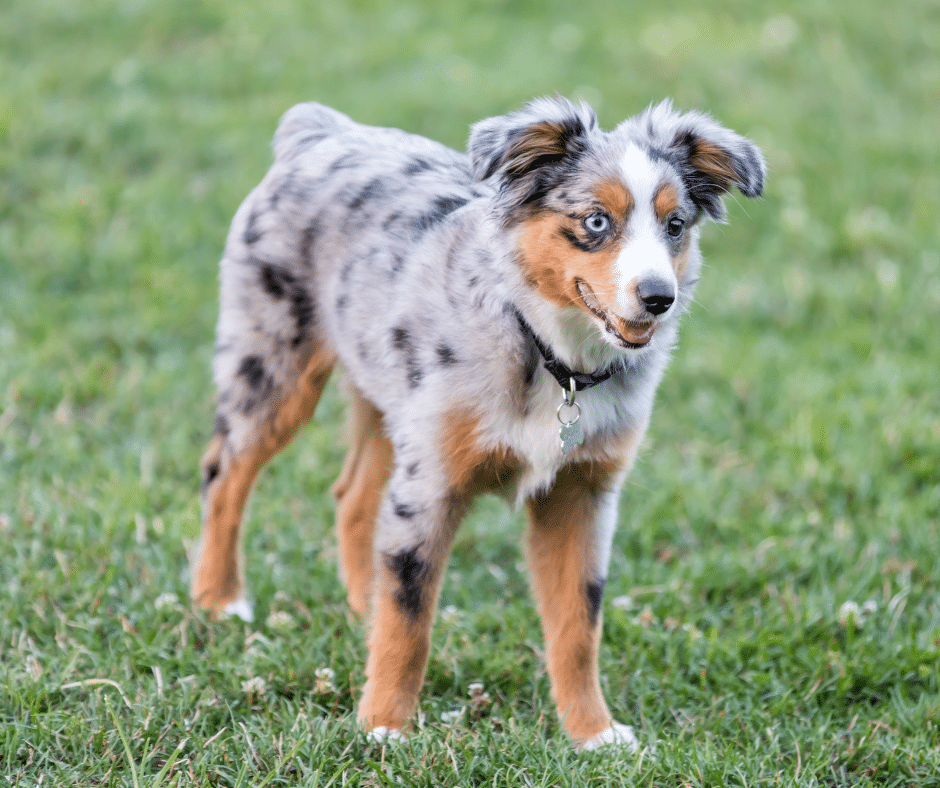While the cause of blue eye color is still unknown, scientists have identified a gene mutation that is responsible for this trait. This mutation disrupts the production of melanin, which is the pigment that gives eyes their natural color.
Dogs with two copies of the mutant gene (one from each parent) will always have blue eyes, regardless of their coat color. Dogs with just one copy of the gene may or may not have blue eyes, depending on the amount of melanin in their irises.

Blue-eyed dogs are often found in purebred pooches, especially those with white coats. But what causes this unique eye color? Read on to learn more about blue-eyed dog breeds and how it affects the canine’s vision.
Double Merle Dogs
In dogs, blue eyes are typically the result of a condition known as heterochromia. This refers to the presence of two different colors in one iris. However, this does not mean that there are two irises present; rather, it’s usually due to the lack of pigment within an individual section (or sections) of the iris.
There are several types of heterochromia, with the most common variant involving brown and blue eyes due to a merle gene. This results in uneven pigmentation within the eye; hence, some parts will appear brown while others will appear blue or gray.
This can be seen in breeds like Australian shepherds, cardigan Welsh corgis, and Shetland sheepdogs.
Bobtail Dog
Aside from heterochromia, some breeds also have an increased chance of developing blue eyes if the tail is docked very short. This includes dogs with naturally short tails as well as those that are purposefully docked at birth. The latter can be seen in breeds like boxers, miniature schnauzers, poodles, and great Danes.

Blue Eyes Can Reduce a Dog’s Sight
As blue-eyed dogs tend to lack pigment within certain parts of the iris, it can affect their eyesight by reducing visual acuity or sharpness. In most cases, blue eyes don’t affect a canine’s sight that much, although this can vary from one dog to another. It also largely depends on the breed and size of the dog since some canines require better vision than others in order to carry out their tasks properly.
Breeds with blue eyes often have trouble picking up certain shades and contrasts. This is especially true of those that are considered “light-eyed,” like the Australian shepherd, collie, and Shetland sheepdog.
With the exception of white-coated dogs with blue or partially blue eyes, most canines with this eye color will have no major problems seeing their surroundings clearly. Even then, they usually only experience mild vision problems.

There’s also the possibility that blue-eyed dogs will develop cataracts at some point. These are opacities of the crystalline lens that can either be congenital or acquired over time.
